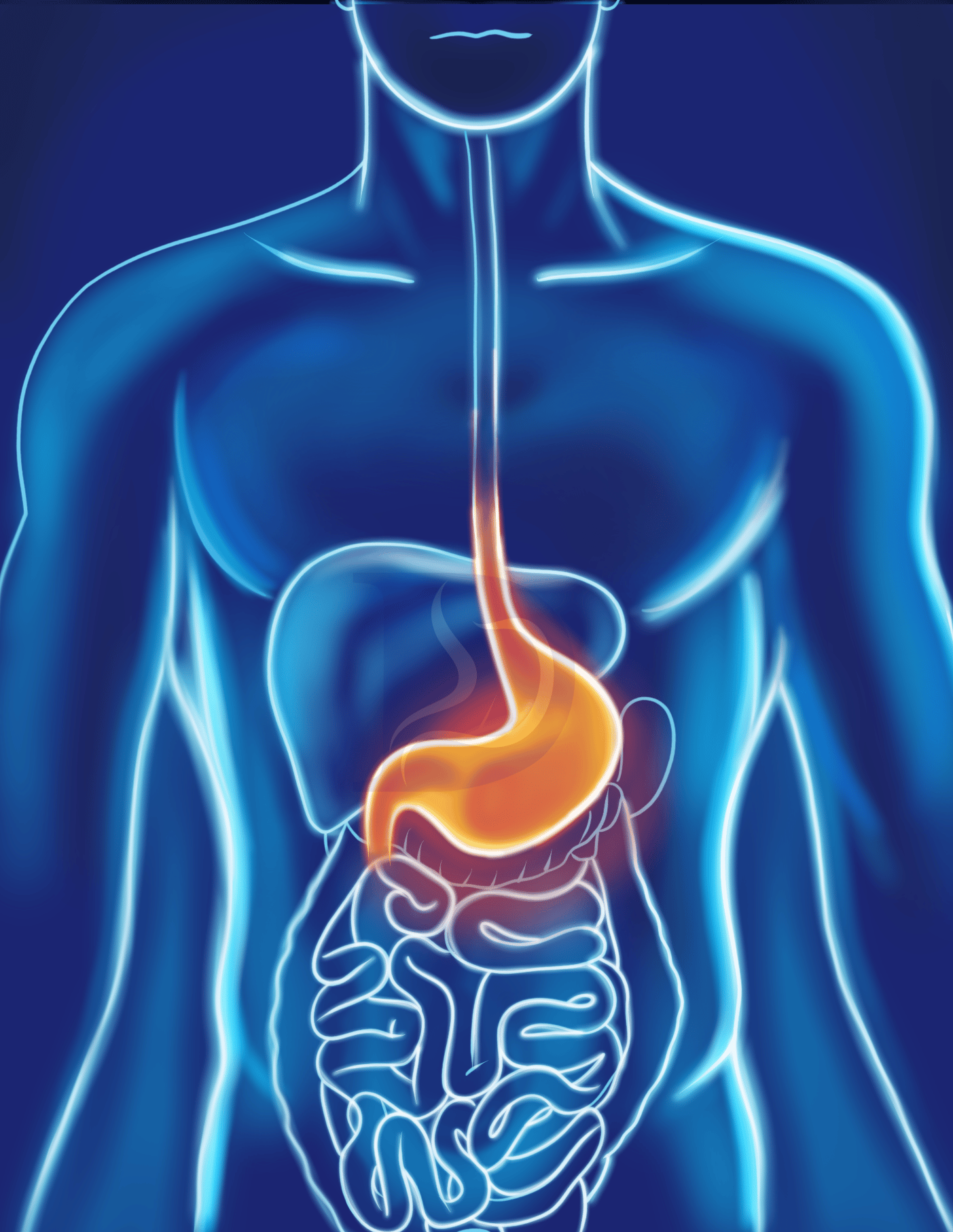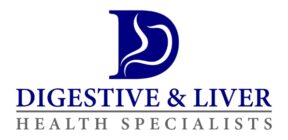An upper endoscopy is a common diagnostic and therapeutic procedure performed by the exceptional team at Digestive & Liver Health Specialists. When they need to determine the cause of gastrointestinal symptoms, an upper endoscopy gives them the answers they need to treat the underlying problem and get you back on the road to health and wellness.

What is an upper endoscopy?
An upper endoscopy is a procedure that allows your provider at Digestive & Liver Health Specialists to examine the lining of your esophagus, stomach, and duodenum, which is the first part of your small intestine just beyond your stomach.
When performing an upper endoscopy, your provider at Digestive & Liver Health Specialists guides a bendable tube down your esophagus, through the stomach, and into the duodenum.
A small video camera in the endoscope transmits high-definition images of the lining of your upper gastrointestinal structures.
During your upper endoscopy, your doctor can see any issues and perform procedures to treat the problem or take biopsies. By passing specialized instruments through the endoscope, your doctor can take out tumors or polyps, remove blockages, and stop bleeding.
When might I need an upper endoscopy?
Upper endoscopies are essential for determining the cause of symptoms such as abdominal pain, bleeding, nausea, vomiting, heartburn, and difficulty swallowing.
Using an upper endoscopy, the team at Digestive & Liver Health Specialists can diagnose problems such as:
- Acid reflux or gastroesophageal reflux disease
- Peptic ulcers
- Inflammation and infections
- Gastritis
- Crohn’s disease
- Hiatal hernia
An upper endoscopy also helps to accurately identify cancerous and noncancerous tumors.
What should I expect during an upper endoscopy?
The only way your doctor at Digestive & Liver Health Specialists can get a good image during an upper endoscopy is when the structures of your upper GI tract are free and clear of food. That means you shouldn’t eat or drink for about eight hours before your planned procedure.
You may also need to adjust the medications you’re taking, but your provider talks with you ahead of time to work out the details.
When it’s time for your upper endoscopy, you receive a sedative and a local anesthetic for your throat, then the endoscope is inserted through your mouth.
The procedure generally takes 30 minutes or less, but you stay in recovery until the sedative wears off. You may have a mild sore throat afterward. However, upper endoscopies seldom cause other side effects.

